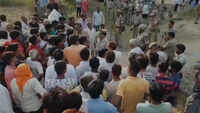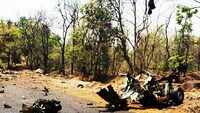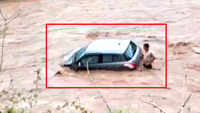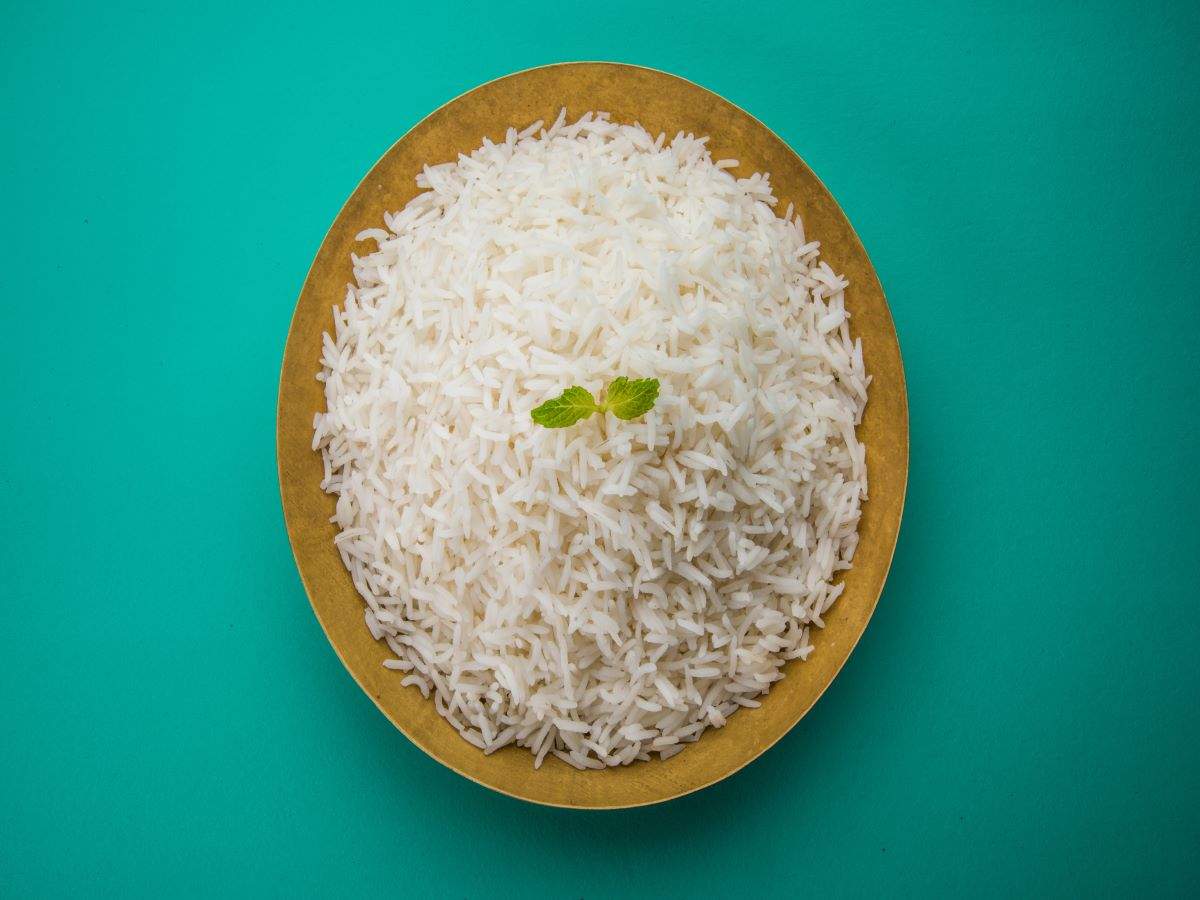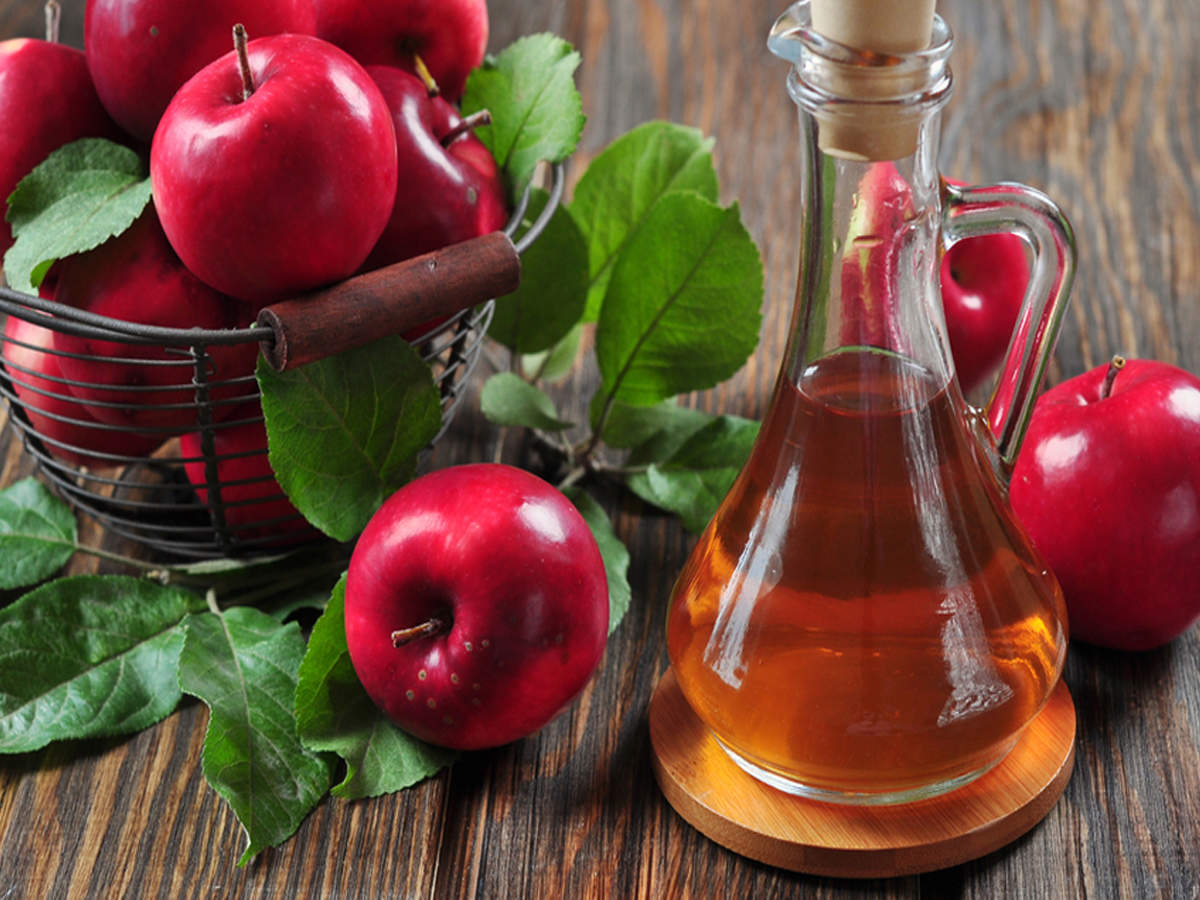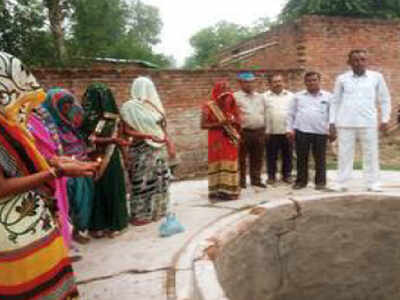
BANDA: Geeta Devi, Sarita Maurya and Kesari of the curiously named Collector Purva village, a British-era sobriquet, are no longer trekking miles to fetch water. Neither are women from the parched Bundelkhand villages of Ghuroda, Mutwa, Paarpur, Mithuli and Lahurai.
Their gradual escape from the misery of water scarcity in this perennially drought-hit region has become a case study for the newly formed Union Jal Shakti ministry. And a team from the ministry made its maiden visit to the villages on Saturday.
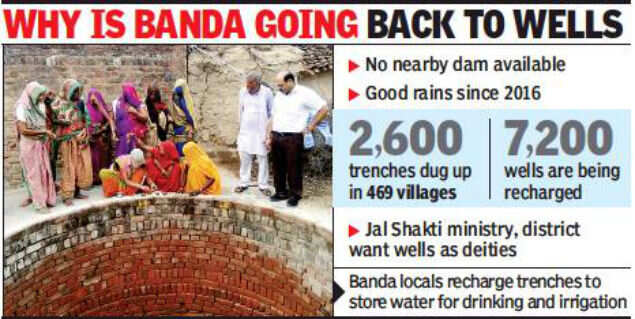
With taps defunct and natural water sources unavailable, the Banda district administration has dug 10ft wide and 5ft deep trenches near old, decrepit wells to hold rainwater. The success of this initiative in the Bundelkhand belt has led ministry officials to launch a campaign among villagers to deify wells wherever they exist.
District administration plan: Revive 2,500 tanks, wells with government funds
Nearly 2,605 trenches, locally known as khantis, have come up in 469 villages across Banda. Marked on aquifer rocks, these trenches use the conventional seepage method to recharge 7,201-odd wells whenever it rains.
Unlike borewells or submersible pumps that can be dug anywhere, excavation of trenches is done 5-6 feet away from wells and are lined to the terrace of village homes with PVC pipes to collect and transfer rainwater. “These wells collect 3,930 kilolitres of water, which translates into 1.1 lakh kilolitres annually in Banda,” district magistrate Heera Lal told TOI. The Jal Shakti ministry delegation’s recce of Banda to study the unique water-harvesting project follows Prime Minister Narendra Modi’s call to start a mass movement on water conservation.
“As the PM mentioned in the first session of Maan Ki Baat 2.0, we have started the Jal Shakti initiative by touring the drought-prone areas like Bundelkhand and Marathwada. The district administration has ensured that tanks and wells serve as the main source of drinking water and irrigation. They are trying to revive 2,500 tanks and wells with funds allocated for MNREGA, Khet Talab and Gram Panchayat Nidhi. We wanted a firsthand account of this success story,” said UP Singh, secretary of Jal Shakti. The thrust of the awareness campaign is that villagers should treat wells as they do their deities. “We have to respect nature and save its treasures. The administration has requested five women of each village to light diyas and treat wells as part of their religion,” Singh said. Banda received rainfall up to 902 mm in 2018, leading to the water level rising to 8.85 m in 2016, 10.2m in 2017 and 9.87m in 2018.
Their gradual escape from the misery of water scarcity in this perennially drought-hit region has become a case study for the newly formed Union Jal Shakti ministry. And a team from the ministry made its maiden visit to the villages on Saturday.

With taps defunct and natural water sources unavailable, the Banda district administration has dug 10ft wide and 5ft deep trenches near old, decrepit wells to hold rainwater. The success of this initiative in the Bundelkhand belt has led ministry officials to launch a campaign among villagers to deify wells wherever they exist.
District administration plan: Revive 2,500 tanks, wells with government funds
Nearly 2,605 trenches, locally known as khantis, have come up in 469 villages across Banda. Marked on aquifer rocks, these trenches use the conventional seepage method to recharge 7,201-odd wells whenever it rains.
Unlike borewells or submersible pumps that can be dug anywhere, excavation of trenches is done 5-6 feet away from wells and are lined to the terrace of village homes with PVC pipes to collect and transfer rainwater. “These wells collect 3,930 kilolitres of water, which translates into 1.1 lakh kilolitres annually in Banda,” district magistrate Heera Lal told TOI. The Jal Shakti ministry delegation’s recce of Banda to study the unique water-harvesting project follows Prime Minister Narendra Modi’s call to start a mass movement on water conservation.
“As the PM mentioned in the first session of Maan Ki Baat 2.0, we have started the Jal Shakti initiative by touring the drought-prone areas like Bundelkhand and Marathwada. The district administration has ensured that tanks and wells serve as the main source of drinking water and irrigation. They are trying to revive 2,500 tanks and wells with funds allocated for MNREGA, Khet Talab and Gram Panchayat Nidhi. We wanted a firsthand account of this success story,” said UP Singh, secretary of Jal Shakti. The thrust of the awareness campaign is that villagers should treat wells as they do their deities. “We have to respect nature and save its treasures. The administration has requested five women of each village to light diyas and treat wells as part of their religion,” Singh said. Banda received rainfall up to 902 mm in 2018, leading to the water level rising to 8.85 m in 2016, 10.2m in 2017 and 9.87m in 2018.
World Cup 2019
Trending Topics
LATEST VIDEOS
More from TOI
Navbharat Times
Featured Today in Travel
Quick Links
Lok Sabha Election Schedule 2019Lok Sabha Election NewsDelhi Capitals teamMI team 2019Rajasthan Royals 2019RCB team 2019Maharashtra Lok Sabha ConstituenciesBJP Candidate ListBJP List 2019 TamilnaduShiv Sena List 2019AP BJP List 2019Mamata BanerjeeBJP List 2019 MaharashtraPriyanka GandhiBJP List 2019 KarnatakaAMMK Candidate List 2019BJP List 2019 WBLok Sabha Elections in Tamil NaduBSP List 2019 UPNews in TamilLok Sabha Poll 2019Satta Matka 2018PM ModiMahagathbandhanNagpur BJP Candidate ListChandrababu NaiduTamil Nadu ElectionsUrmila MatondkarNews in TeluguMadras High CourtTejashwi YadavArvind KejriwalTejasvi SuryaPawan KalyanArvind KejriwalYogi AdityanathJaya PradaSatta King 2019Srinagar encounter
Get the app

